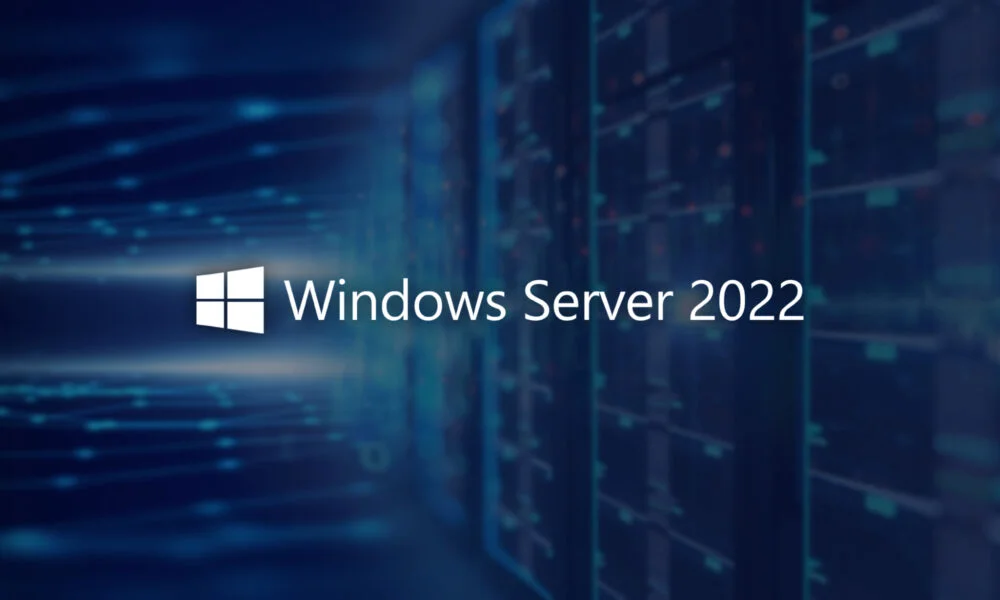How to Check Disk Space on a Windows Computer
Disk space is a critical resource for any computer, and knowing how to monitor it ensures your system runs efficiently. Here are five methods to check the available and used disk space on a Windows computer.
1. Using File Explorer
File Explorer offers a simple way to view your disk space at a glance.
- Open File Explorer: Press Win + E or click on the File Explorer icon.
- Navigate to “This PC” or “Computer”: In the left-hand panel, select This PC (or Computer for older Windows versions).
- View Disk Information: You’ll see a list of all drives. Each drive shows its total capacity and the available free space directly below its name.
2. Using Disk Management
The Disk Management tool provides a more detailed view of your drives.
- Open Disk Management:
- Press Win + R to open the Run dialog box.
- Type
diskmgmt.msc and press Enter.
- View Drive Details:
- The Disk Management window displays all connected drives, including partitions, their sizes, and available space.
3. Using Command Prompt
Command Prompt allows for quick access to disk information via commands.
- Open Command Prompt:
- Press Win + R, type
cmd, and press Enter.
- Run the Disk Space Command:
- Type the following and press Enter:bashCopy code
wmic logicaldisk get size,freespace,caption
- This will display all drives along with their total size and free space in bytes.
4. Using PowerShell
PowerShell offers a versatile way to query system resources, including disk space.
- Open PowerShell:
- Press Win + R, type
powershell, and press Enter.
- Run the Disk Space Command:
- Use the following command:powershellCopy code
Get-PSDrive -PSProvider FileSystem
- This will list all logical drives and their used and free space.
5. Using Performance Monitor
For real-time monitoring, the Performance Monitor is an advanced tool.
- Open Performance Monitor:
- Press Win + R, type
perfmon, and press Enter.
- Add a Counter:
- In the Performance Monitor, add a counter for LogicalDisk to view and monitor space utilization in real time.
Why Monitor Disk Space?
Monitoring your disk space is essential for:
- System Performance: Low disk space can slow down your computer.
- Software Updates: Many updates require sufficient free space.
- Data Security: Full drives can result in data corruption or loss.
For users managing servers, including Windows-based VPS servers, keeping track of disk space is critical for maintaining uptime and performance.
If you’re managing server infrastructure and need more robust resources, consider upgrading to a VPS. Explore options tailored to your needs here:
IONOS Windows VPS Servers.
